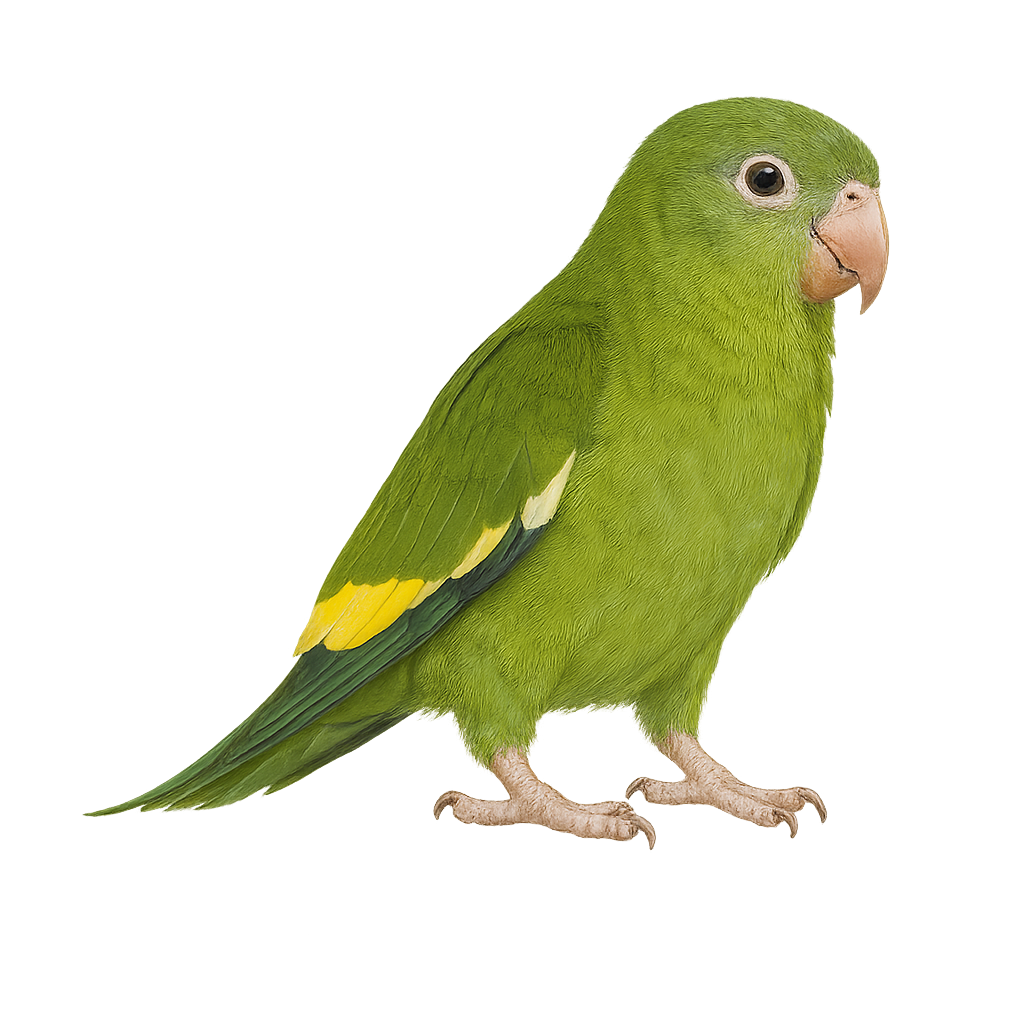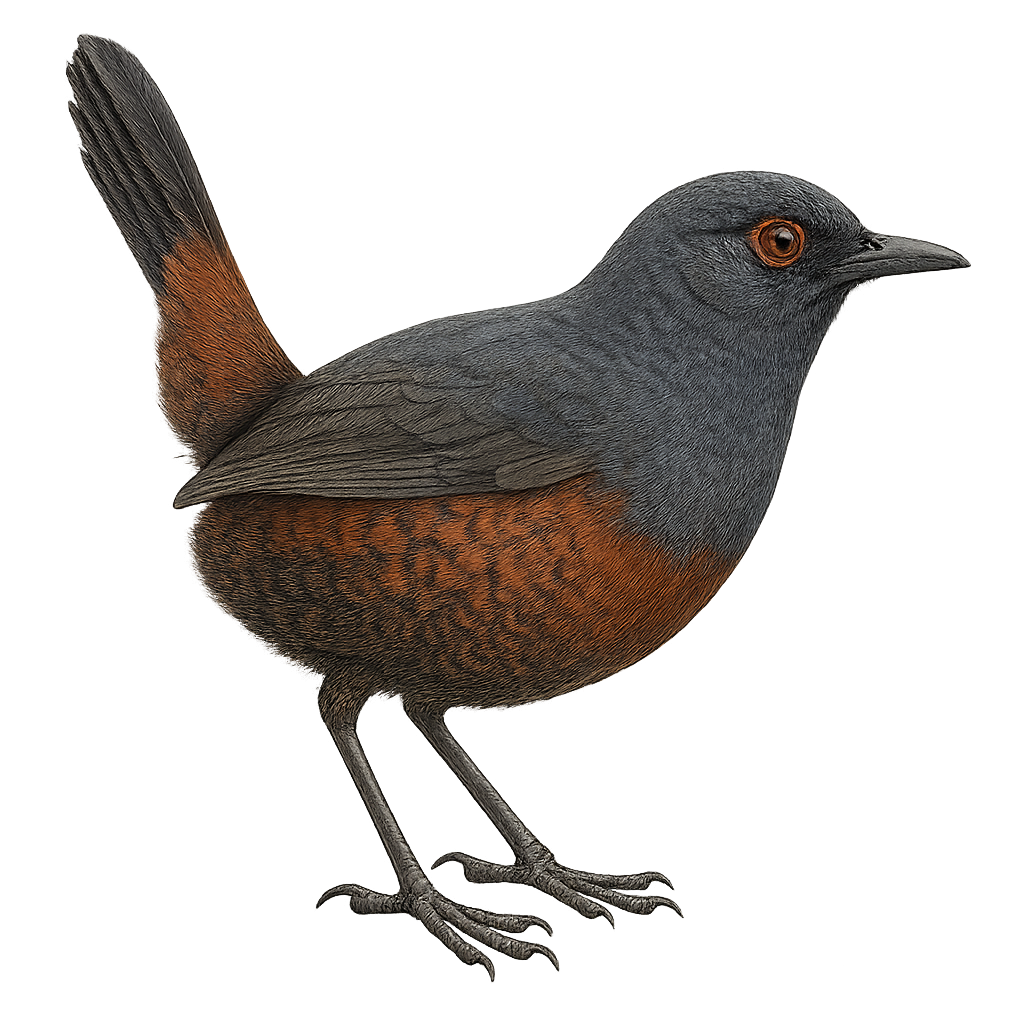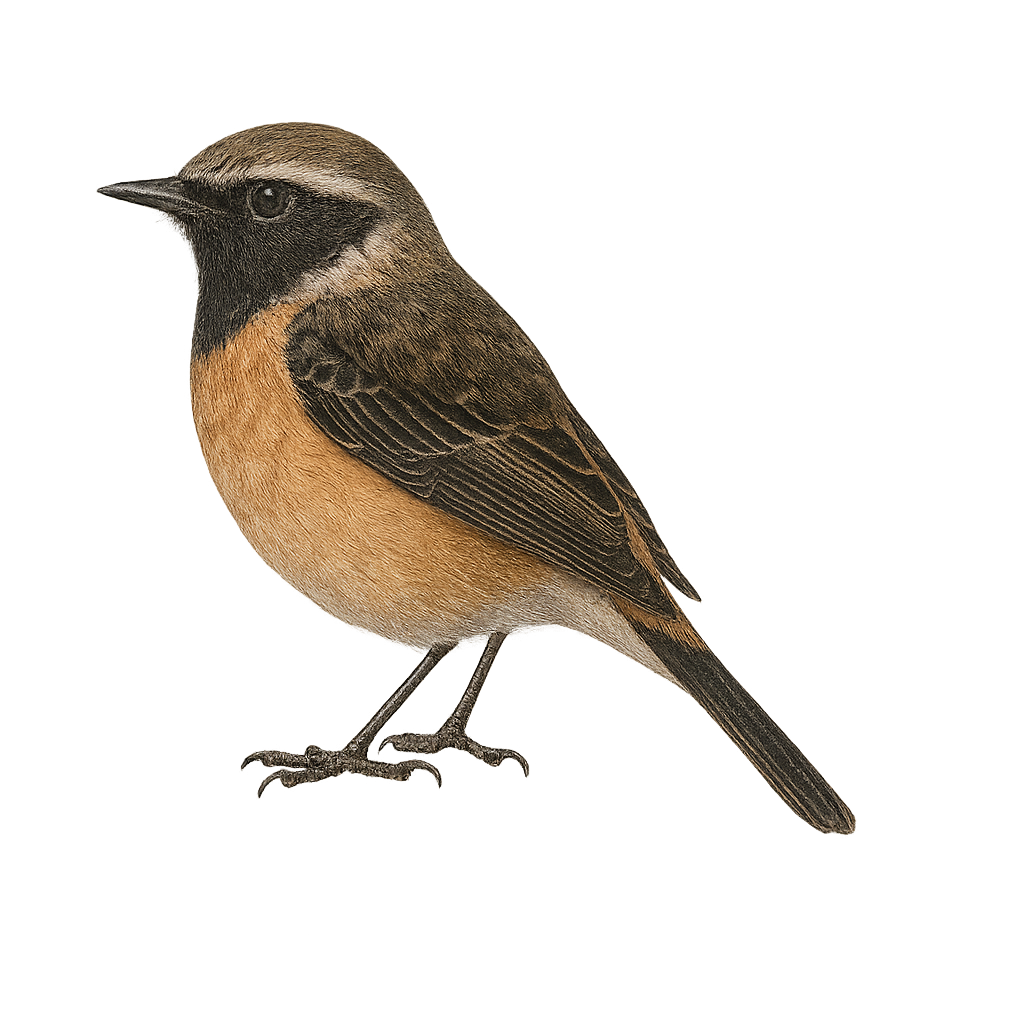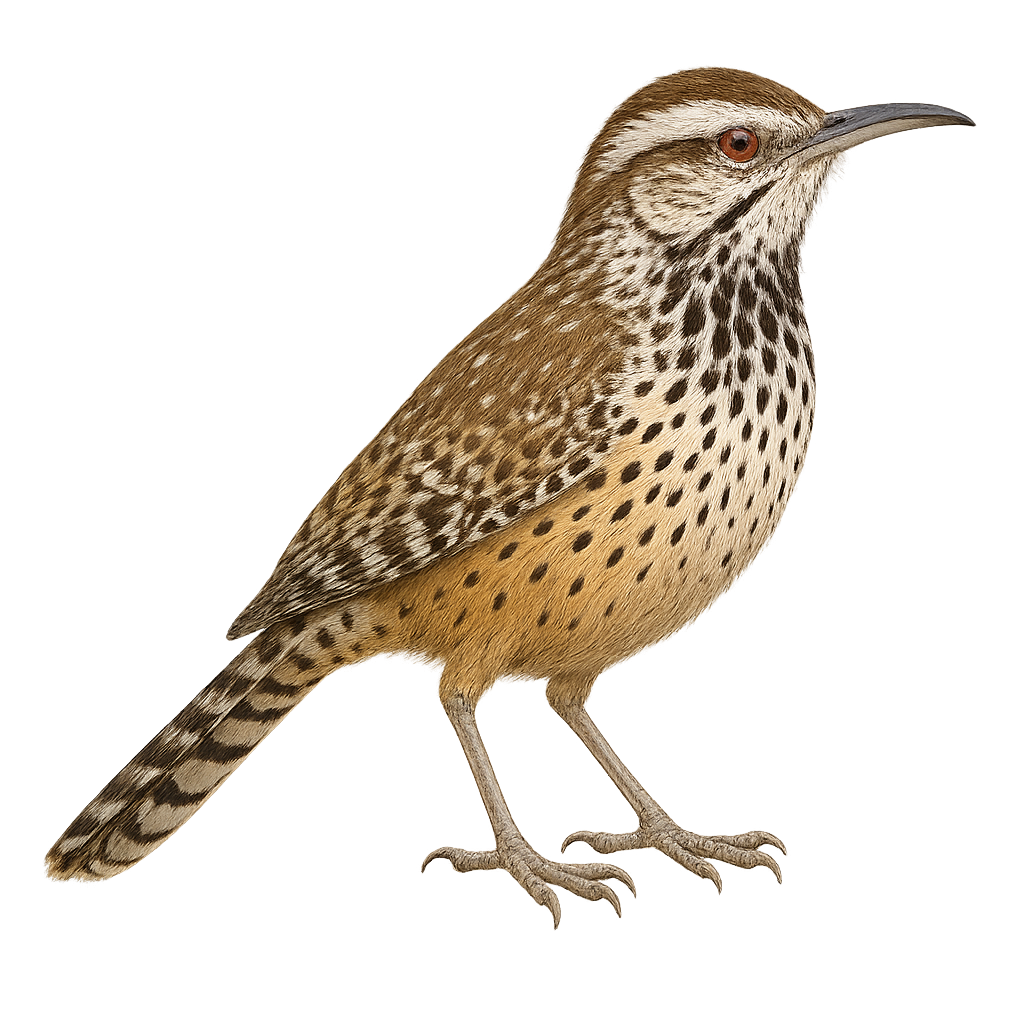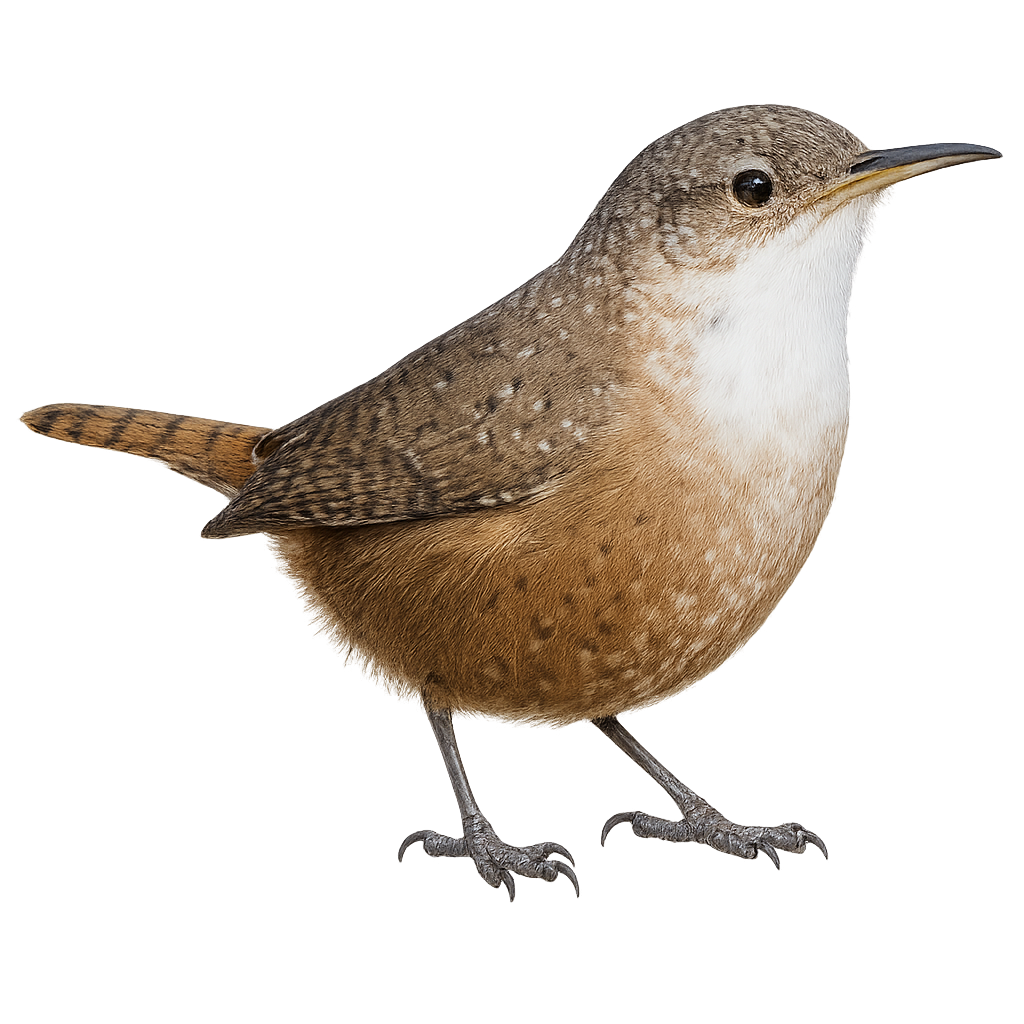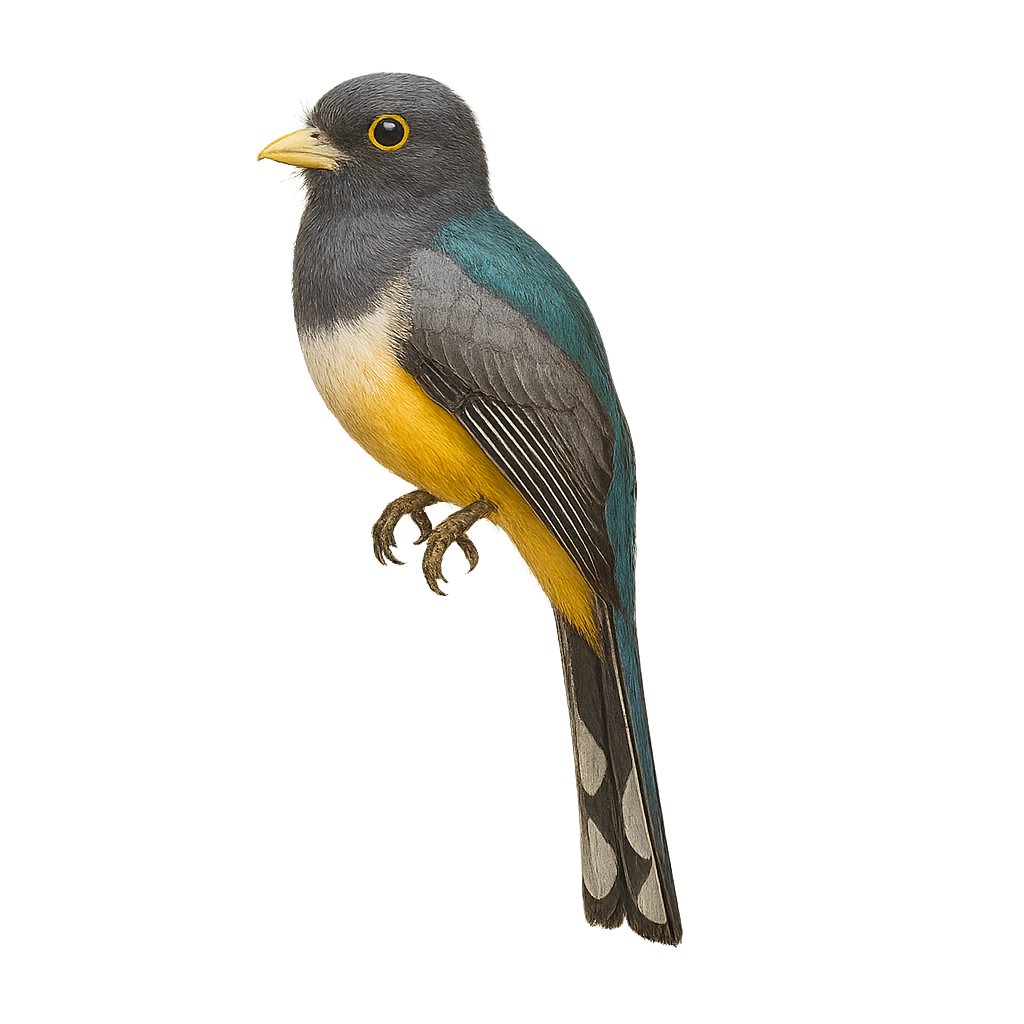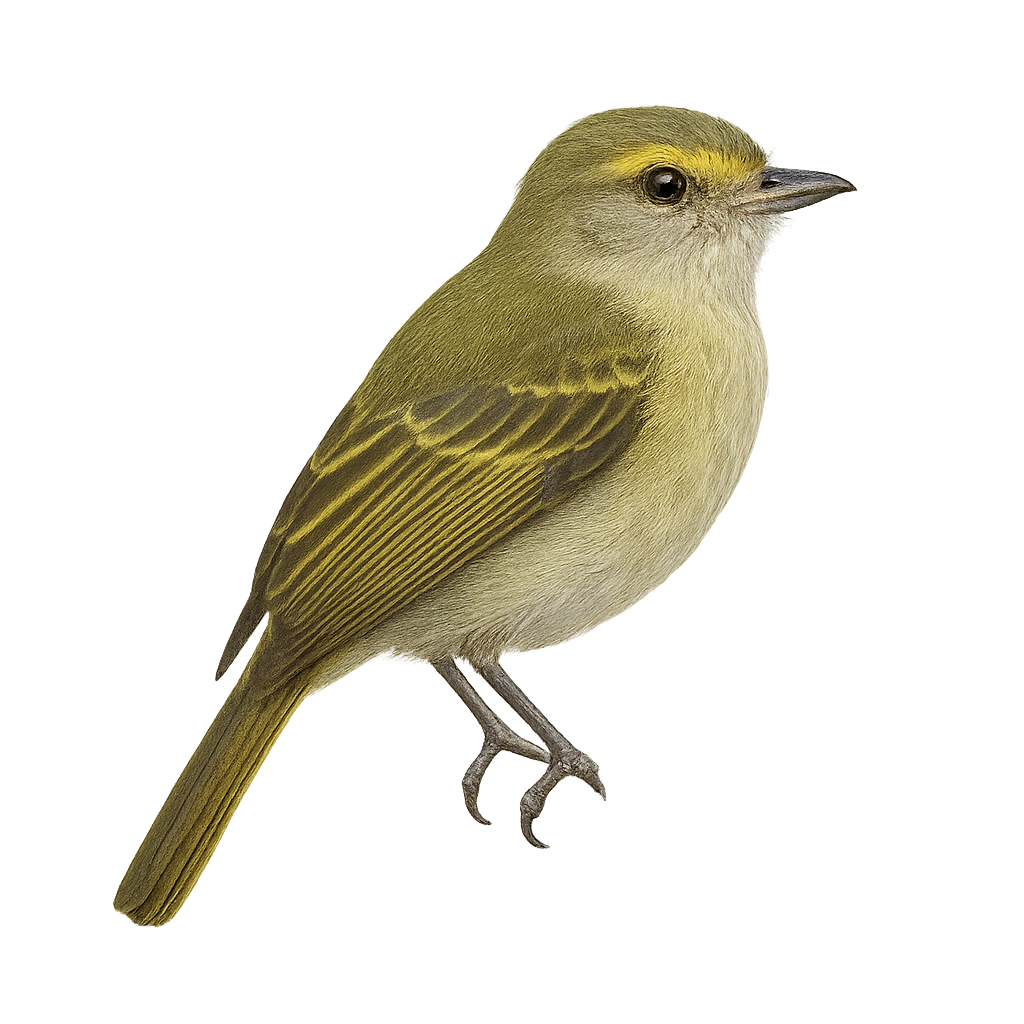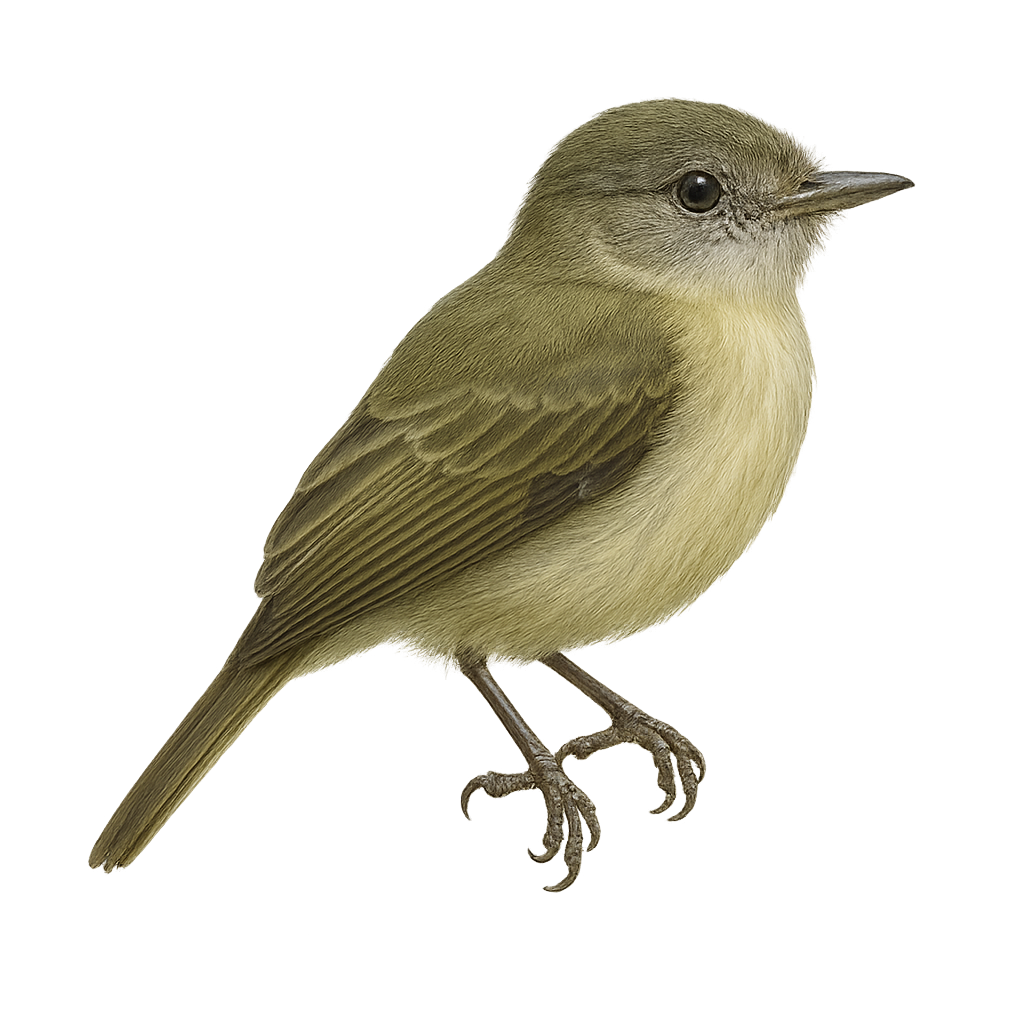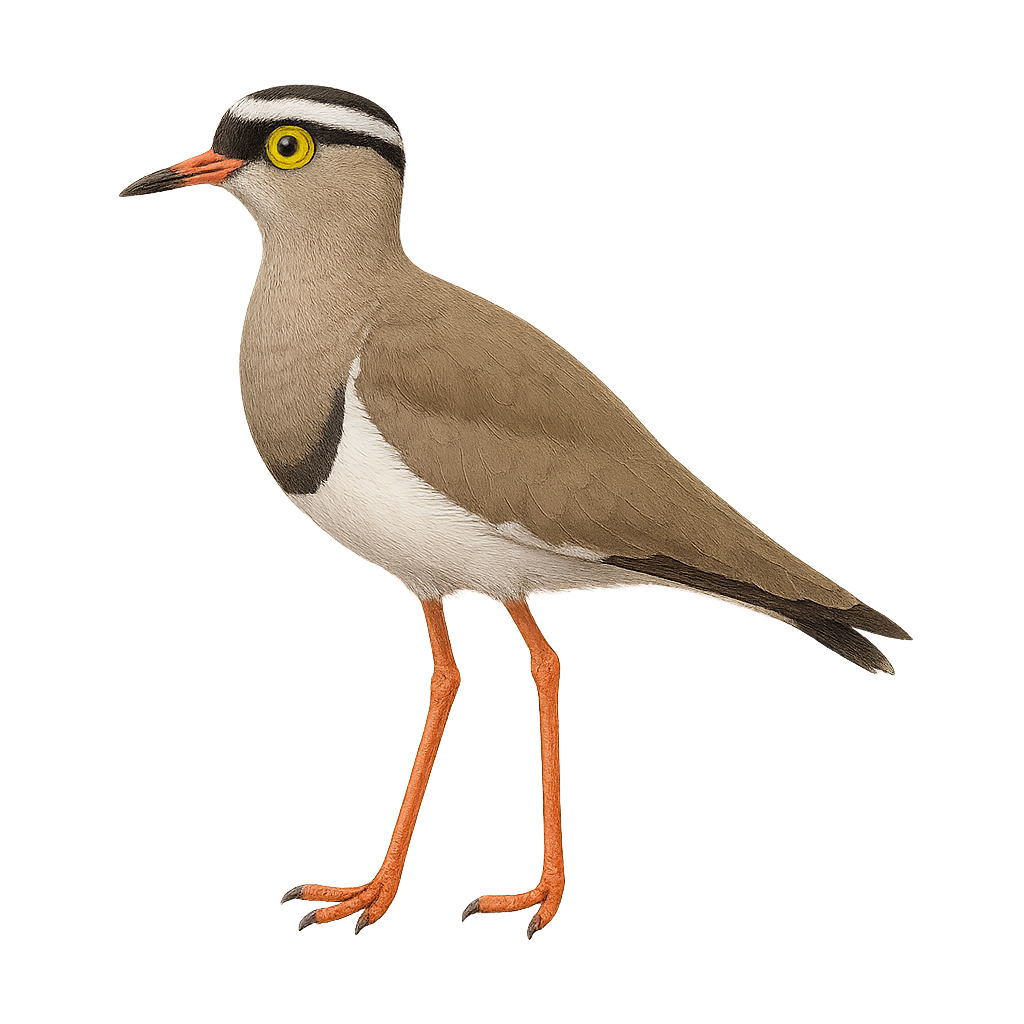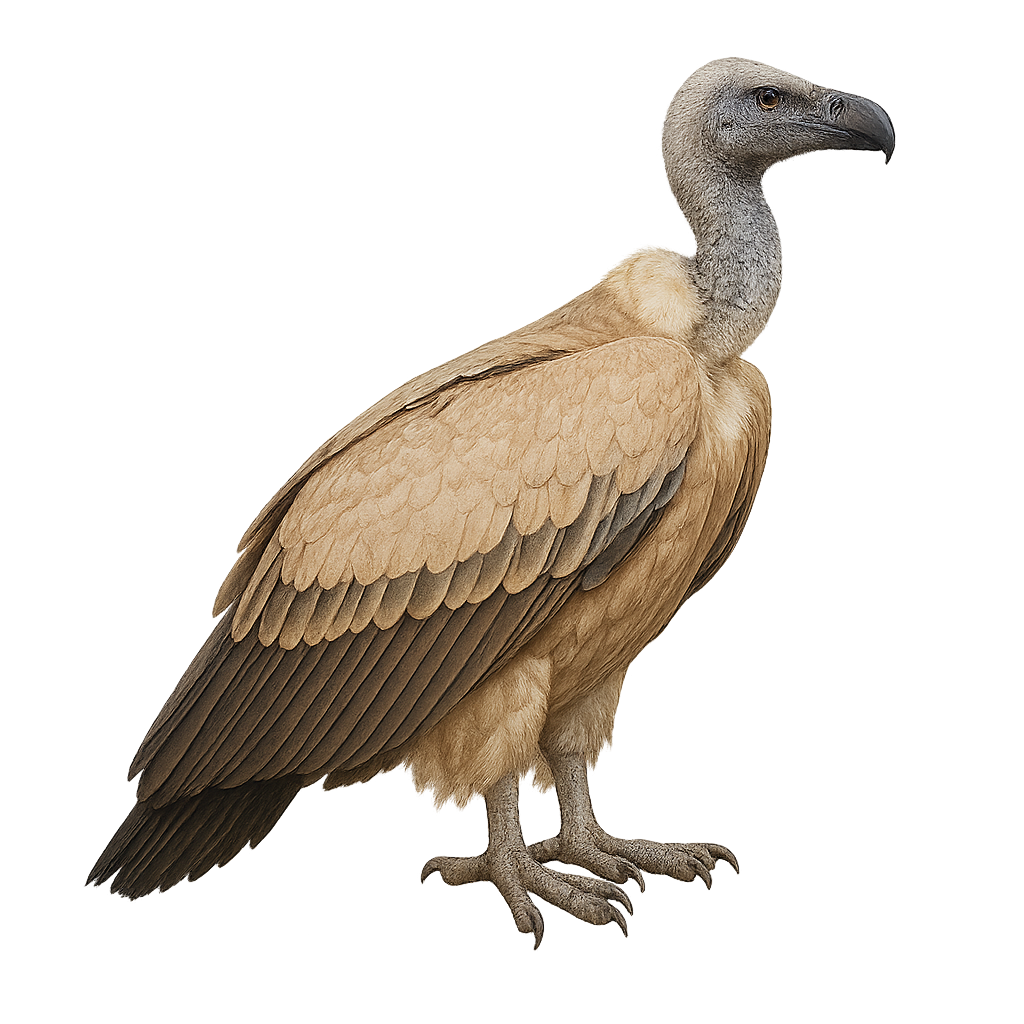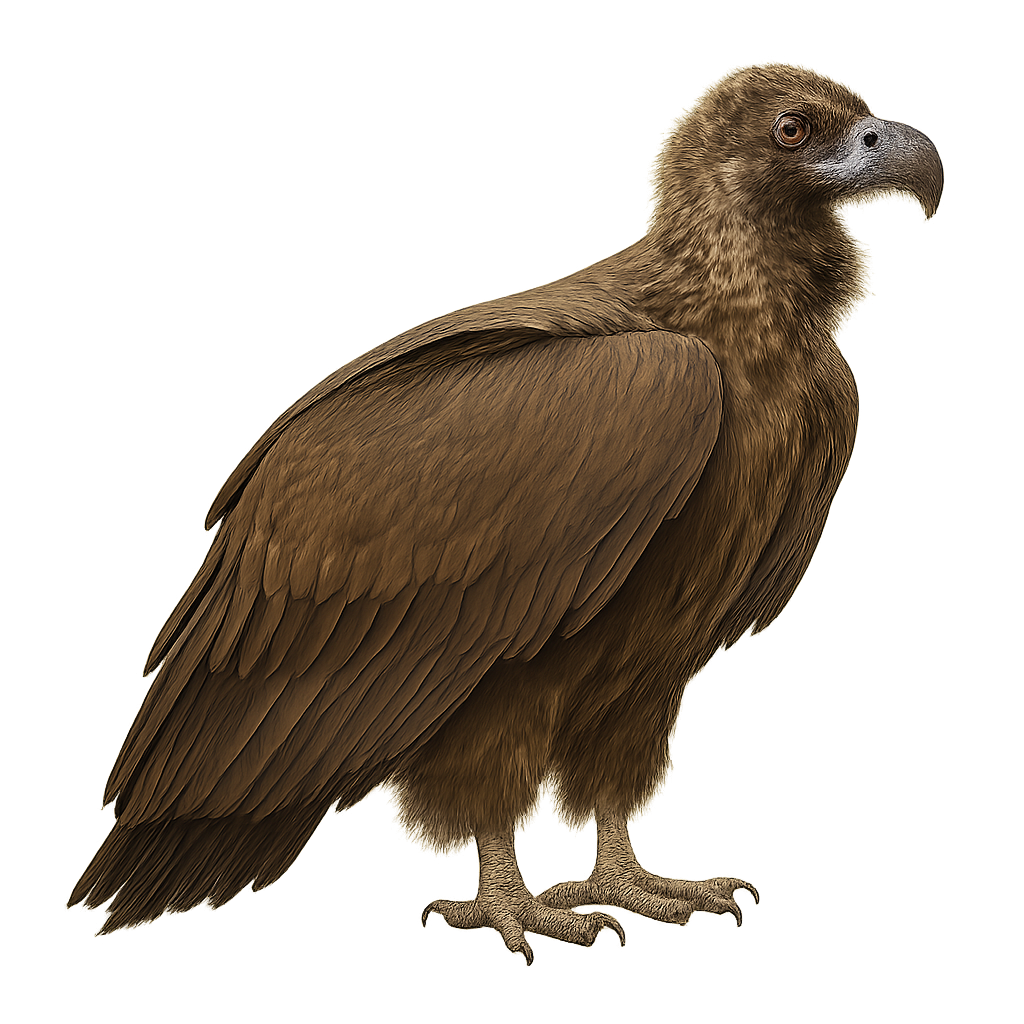The Canary-winged Parakeet, or Brotogeris versicolurus, is a small parrot native to South America, particularly the Amazon basin. It is characterized by its bright green plumage, wings adorned with yellow and white patches, and a hooked beak. Measuring about 22 cm in length, it is often seen in noisy flocks, feeding mainly on fruits, seeds, and flowers. Adapted to tropical forests, it also frequents urban areas, adapting well to human-modified environments. Its ability to mimic sounds and sociable nature make it a popular bird in aviculture. However, deforestation and illegal trade threaten some local populations.
The Chucao Tapaculo is a bird endemic to the temperate forests of southern Chile and Argentina. Easily recognizable by its reddish-brown plumage and white throat, this bird measures about 18 cm. It is often heard before being seen, thanks to its powerful and melodious song. Preferring dense and humid undergrowth, it feeds mainly on insects and other small invertebrates. Although generally discreet, it can be curious and approach motionless observers. The Chucao Tapaculo plays an important role in the ecosystem by controlling insect populations and participating in seed dispersal.
The Cyprus Wheatear, or Oenanthe cypriaca, is a small passerine bird belonging to the Muscicapidae family. This bird is endemic to the island of Cyprus, where it is often seen in open and rocky areas. It is distinguished by its black and white plumage, with a black head and a grayish back. The male and female show little sexual dimorphism, although the male displays slightly brighter colors. The Cyprus Wheatear is a trans-Saharan migrant, spending the winter in East Africa. It feeds mainly on insects caught on the ground. Its breeding season extends from spring to summer, where it builds its nest in rocky crevices.
The Cactus Wren, or Campylorhynchus brunneicapillus, is a robust and noisy bird typical of the desert regions of the southwestern United States and northern Mexico. It is easily recognizable by its brown plumage speckled with white, long tail, and slightly curved beak. This bird is particularly adapted to life in arid environments, where it builds its large nests in cacti and thorny shrubs. The Cactus Wren is known for its powerful and varied song, which it uses to defend its territory. It primarily feeds on insects but also consumes fruits and seeds. Mainly active in the morning and late afternoon, it avoids the hottest hours of the day.
The Canyon Wren, or Catherpes mexicanus, is a small bird with a reddish-brown plumage, distinguished by its long slender bill and short tail. It is primarily found in the arid and rocky regions of North America, especially in canyons and cliffs. Its melodious and powerful song often echoes in these rugged environments. This wren feeds mainly on insects and spiders, which it finds in rock crevices. Though discreet, it can sometimes be seen moving nimbly along rocky walls. Its ability to adapt to challenging habitats makes it a fascinating bird for ornithologists and nature enthusiasts.
The Citreoline Trogon is a colorful and fascinating bird, primarily found in the dry tropical forests and wooded areas of Mexico. It is distinguished by its vibrant plumage, featuring a metallic green back and bright yellow belly. Males have a black head with a yellow eye-ring, while females have a duller appearance. These birds are often spotted due to their melodious song and swift flight. They primarily feed on insects and fruits, aiding in seed dispersal. Although their habitat is threatened by deforestation, they remain relatively common within their range.
The Cuban Trogon, or Priotelus temnurus, is an iconic bird of Cuba. It is known for its striking plumage, featuring an iridescent green back, bright red belly, and white chest. Its tail is unique, with feathers tipped in black and white. Measuring about 25 to 28 cm in length, this bird is commonly found in the tropical and subtropical forests of the island. It primarily feeds on insects, fruits, and small reptiles. The Cuban Trogon is a sedentary bird, often seen in pairs or small groups. Its melodious and repetitive song is a familiar sound in Cuban forests.
The Choco Tyrannulet, or Zimmerius viridiflavus, is a small passerine bird belonging to the Tyrannidae family. It is primarily found in the humid forests of the lowlands and foothills of the Andes, particularly in Colombia and Ecuador. This small bird features olive-green plumage with yellowish hues on its belly, allowing it to blend into its surroundings. It is often seen in pairs or small groups, feeding on insects and fruits. Its song is a soft, repetitive trill, often heard before the bird is seen. Although its habitat is threatened by deforestation, it remains relatively common in protected areas.
The Pogonotriccus chapmani, or Chapman's Bristle Tyrant, is a small passerine bird belonging to the Tyrannidae family. It is primarily found in humid montane forests, often at altitudes between 1200 and 2500 meters. This bird is characterized by its olive-green plumage, slightly darker wings, and pale yellow belly. It is often seen in small groups or pairs, feeding on insects caught in flight or on leaves. Although discreet, its melodious and repetitive song can be heard through the canopy. Chapman's Bristle Tyrant is a wary bird, preferring dense areas where it can easily hide. Its conservation status is not concerning, but deforestation could threaten its habitat in the long term.
The crowned lapwing, or Vanellus coronatus, is an elegant and distinctive bird, easily recognizable by its black crown bordered with white on its head. It primarily inhabits the savannas and open grasslands of sub-Saharan Africa. This medium-sized bird, measuring about 30 cm in length, has a brown-grey plumage with white wings and tail, contrasting with its bright red legs. The crowned lapwing is often seen in small groups, feeding on insects and small invertebrates. Its behavior is generally tolerant towards humans, but it can become suspicious if approached too closely to its nest. It is known for its loud calls, especially when defending its territory.
The Cape Vulture, or Gyps coprotheres, is a large scavenging bird native to southern Africa. It is characterized by its bald head and neck, which are well-suited to its carrion-based diet. Its plumage is mostly beige with darker tones on the wings. This vulture plays a vital role in the ecosystem by disposing of carcasses, thus helping to prevent the spread of diseases. It nests in colonies on cliffs, usually laying a single egg per year. Unfortunately, this species is threatened by habitat loss, poisoning, and collisions with human structures. Conservation efforts are underway to protect and restore its populations.
The Monk Vulture is a large bird of prey found primarily in the mountains of Eastern Europe, Asia Minor, and Central Asia, with populations in Spain, Bulgaria, and Greece. It typically measures between 80 and 100 cm in length, with a wingspan of 2.3 to 2.8 meters, and weighs between 7 and 12 kg. Its plumage is mainly dark brown, with a bare head, distinguishing it from other vultures. The Monk Vulture is a scavenger, primarily feeding on animal carcasses, and plays a crucial ecological role in helping to remove carcasses and prevent the spread of diseases. While it is protected in many regions, it remains threatened by habitat loss, poaching, and poisoning.


